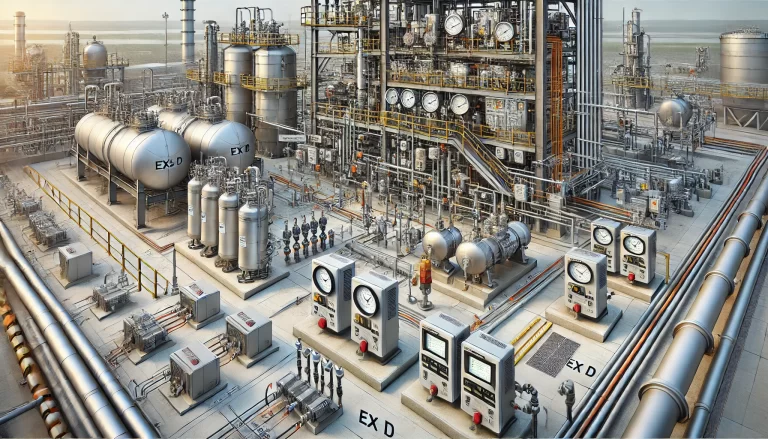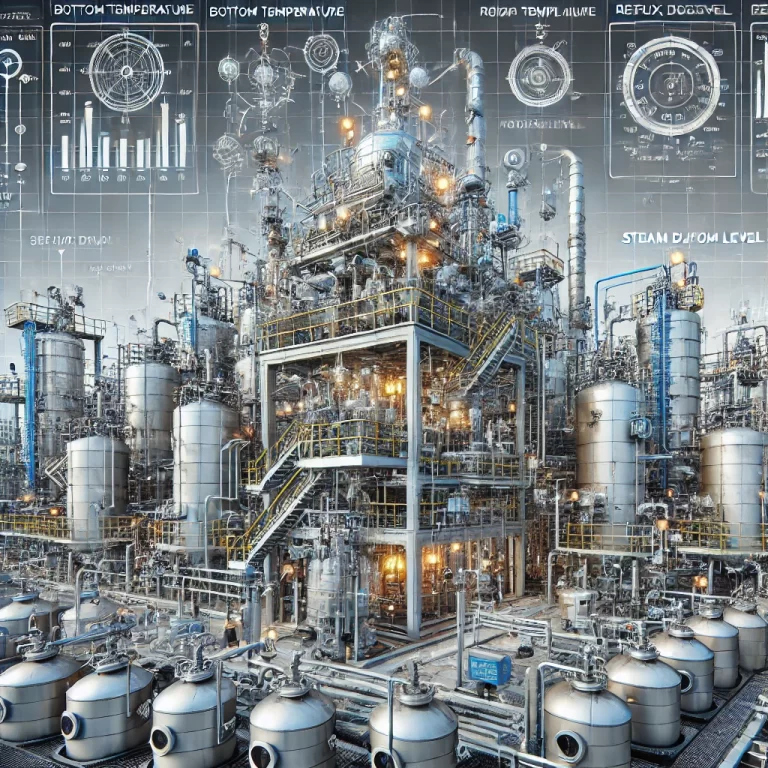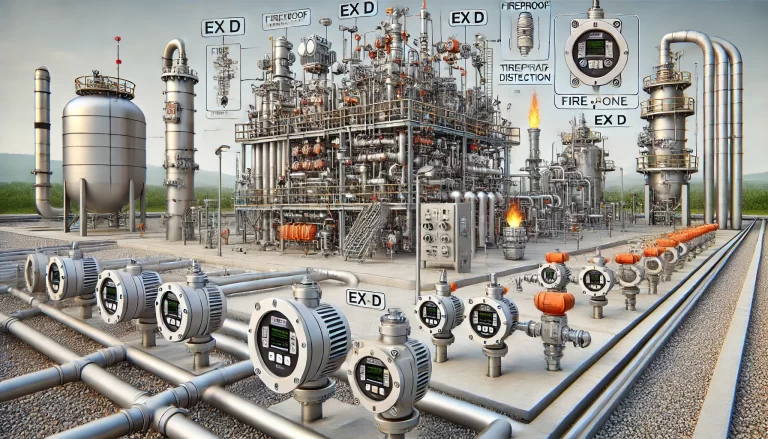In petrochemical plants, instrumentation plays a critical role in ensuring process safety, control, and operational efficiency. However, the flammable and explosive nature of hydrocarbons poses significant fire hazards, especially to field-mounted sensors, transmitters, and junction boxes. Proper fire protection strategies for instrumentation are essential to prevent catastrophic failures and ensure personnel and environmental safety.
1. Understanding Fire Hazards in Petrochemical Facilities
Petrochemical plants are inherently high-risk environments due to the storage and processing of volatile substances such as crude oil, natural gas, and chemical derivatives. Common ignition sources include:
Static electricity
Electrical faults
Hot surfaces and mechanical sparks
Process leaks or seal failures
Instrumentation devices—if not adequately protected—can become vulnerable points in the event of a fire or explosion.

2. Common Instrumentation at Risk
The following instrument types are typically exposed to fire risks in petrochemical settings:
Pressure and temperature transmitters
Flowmeters and level sensors
Analytical gas detectors
Signal cables and junction boxes
Control valves and positioners
These devices are often installed near tanks, flare stacks, pipelines, and reactors—zones classified as hazardous areas (Zones 0, 1, or 2 per IEC 60079 or NEC 500/505).
3. Key Fire Protection Measures
a. Flameproof or Explosion-Proof Enclosures
Instruments used in hazardous areas must comply with Ex d (flameproof) or Ex i (intrinsically safe) standards to prevent ignition of flammable gases.
b. Fireproof Cable Protection
Critical signal and power cables should be shielded with fire-resistant conduit or intumescent coatings. Fireproof junction boxes can maintain signal integrity for a short duration even under flame exposure.
c. Thermal Insulation and Fire Blankets
Where sensors are exposed to radiant heat (e.g., near furnaces or heaters), thermal insulation jackets or removable fire blankets should be installed.
d. Strategic Instrument Placement
Whenever possible, place instruments away from potential fire zones. Use remote-mounted sensors and impulse lines to measure process conditions at a safe distance.
e. Use of Fireproofing Materials
Mount instrument supports and panels using fire-resistant materials like stainless steel or coated carbon steel. Paints with intumescent properties can enhance structural survivability.

4. Integration with Fire and Gas Detection Systems
Instrumentation should be integrated with the site’s fire and gas (F&G) detection systems to enable:
Early warning of leaks and flame
Automatic isolation of control loops in emergencies
Activation of deluge systems or inerting gas releases
Smart transmitters with HART or FOUNDATION Fieldbus can provide diagnostic signals to central safety PLCs for real-time monitoring.
5. Fireproof Instrumentation Case Studies
Case 1: Fireproofed Transmitters at a Gas Processing Unit
A Middle East gas plant installed pressure transmitters with fireproof housings and fire-retardant cable ducts. During a localized fire, the instrumentation maintained signal transmission for over 30 minutes, allowing emergency shut-down systems to operate successfully.
Case 2: Remote Sensing via Capillary Systems
In a Chinese petrochemical refinery, level transmitters were installed 15 meters away from the hot distillation columns using capillary tubes. This design minimized thermal exposure and allowed easier maintenance access.

6. Conclusion
Fire protection for instrumentation is not just about compliance—it’s a core part of safe plant design. By combining smart selection, strategic layout, certified enclosures, and integration with plant safety systems, petrochemical facilities can greatly reduce the risk of fire-related instrument failure.
Safety starts with instrumentation. Fire protection ensures it endures.
